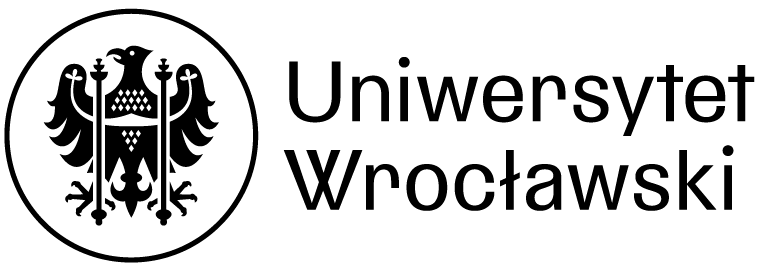
Pat.234716 Bezzałogowy statek powietrzny z różnicowym miernikiem zanieczyszczeń powietrza
Współuprawnieni: OPTIMUM – TYMIŃSKI I S-KA Spółka Jawna, Uniwersytet Wrocławski
Twórcy: Dariusz Tymiński, Grzegorz Polak, Mateusz Zych, Mariusz Kłonica, Radosław Bielawski, Bogdan Grenda, Anetta Drzeniecka-Osiadacz, Tymoteusz Sawiński
DRON Z MIERNIKIEM ZANIECZYSZCZEŃ POWIETRZA
Zanieczyszczenia powietrza nie są niczym nowym, postępująca urbanizacja, rozwój przemysłu, powszechne spalanie paliw kopalnych przyniosły ze sobą wiele negatywnych zjawisk, do których niewątpliwie można zaliczyć złą jakość powietrza. Z zanieczyszczeniami przemysłowymi uporaliśmy się już w dużym stopniu w naszym kraju, obecnie na pierwszy plan wysuwa się tzw. „niska emisja”, czyli przede wszystkim zanieczyszczenia emitowane z naszych domów oraz środków transportu.
W zakładzie Klimatologii i Ochrony Atmosfery od wielu lat zespół naukowców zajmuje się pomiarami jakości powietrza stosując zarówno metody referencyjne, jak i nowoczesne rozwiązania, które mają szansę stać się standardem w przyszłości. Poszukiwanie nowych rozwiązań stało się podstawą współpracy z firmą OPTIMUM –TYMIŃSKI I S-KA, a w konsekwencji wdrożenia rozwiązań umożliwiających pomiar stężenia zanieczyszczeń z wykorzystaniem dronów. Ze względu na potrzebę identyfikacji źródeł emisji wypracowane zostało rozwiązanie, które umożliwia pomiar stężenia zanieczyszczeń w bezpośrednim sąsiedztwie źródła emisji (komina) i identyfikację tych źródeł. W tym celu została zastosowana metoda różnicowa, w której pomiar odbywa się od strony źródła emisji oraz po przeciwnej stronie drona, dając możliwość identyfikacji pojedynczych źródeł.
Wynalazek składa się z układu dwóch czerpni (układów poboru próby), które zamontowane są do spodu drona, obrotowo względem osi pionowej (możliwość zmiany położenia czerpni). Czerpnie znajdują się w odległości zapewniającej niezakłócony przez ruch wirników pobór próby powietrza. Dzięki zainstalowaniu dwóch czerpni z niezależnymi czujnikami możliwe jest szybkie określenie kierunku napływu zanieczyszczeń. Ponadto można sterować zdalnie położeniem czerpni, bez konieczności lądowania, co dodatkowo umożliwia precyzyjne określenie położenia źródła emisji. Modułowy charakter rozwiązania umożliwia zastosowanie różnego rodzaju czujników zarówno do pomiaru zanieczyszczeń pyłowych, jak i gazowych.
